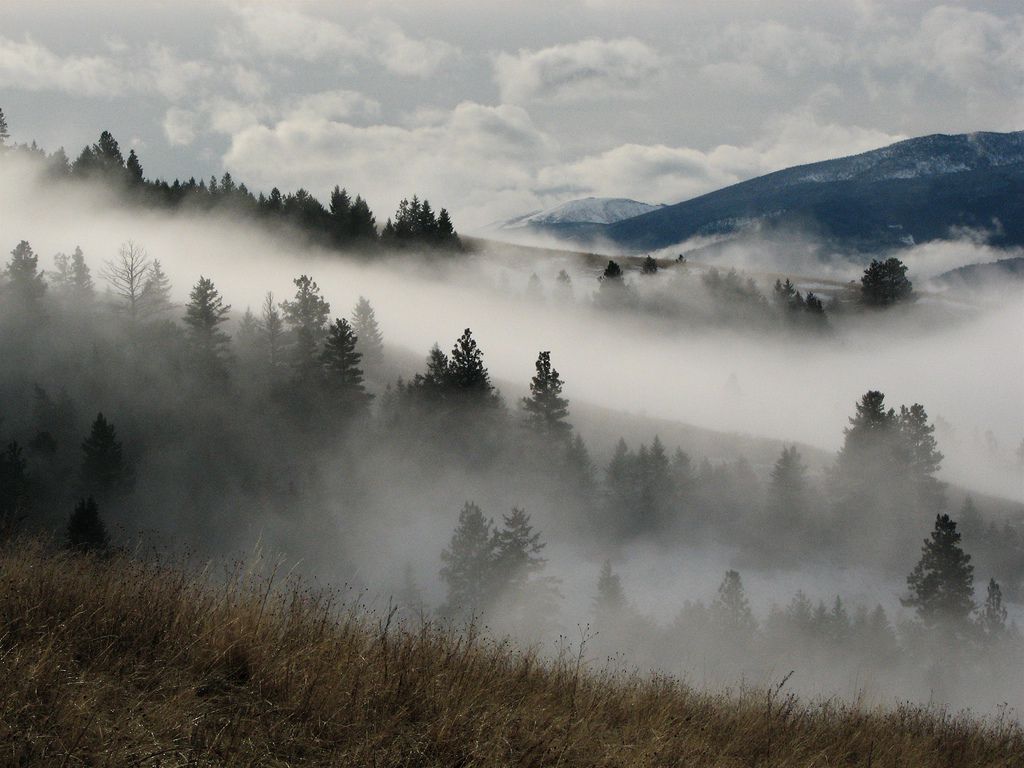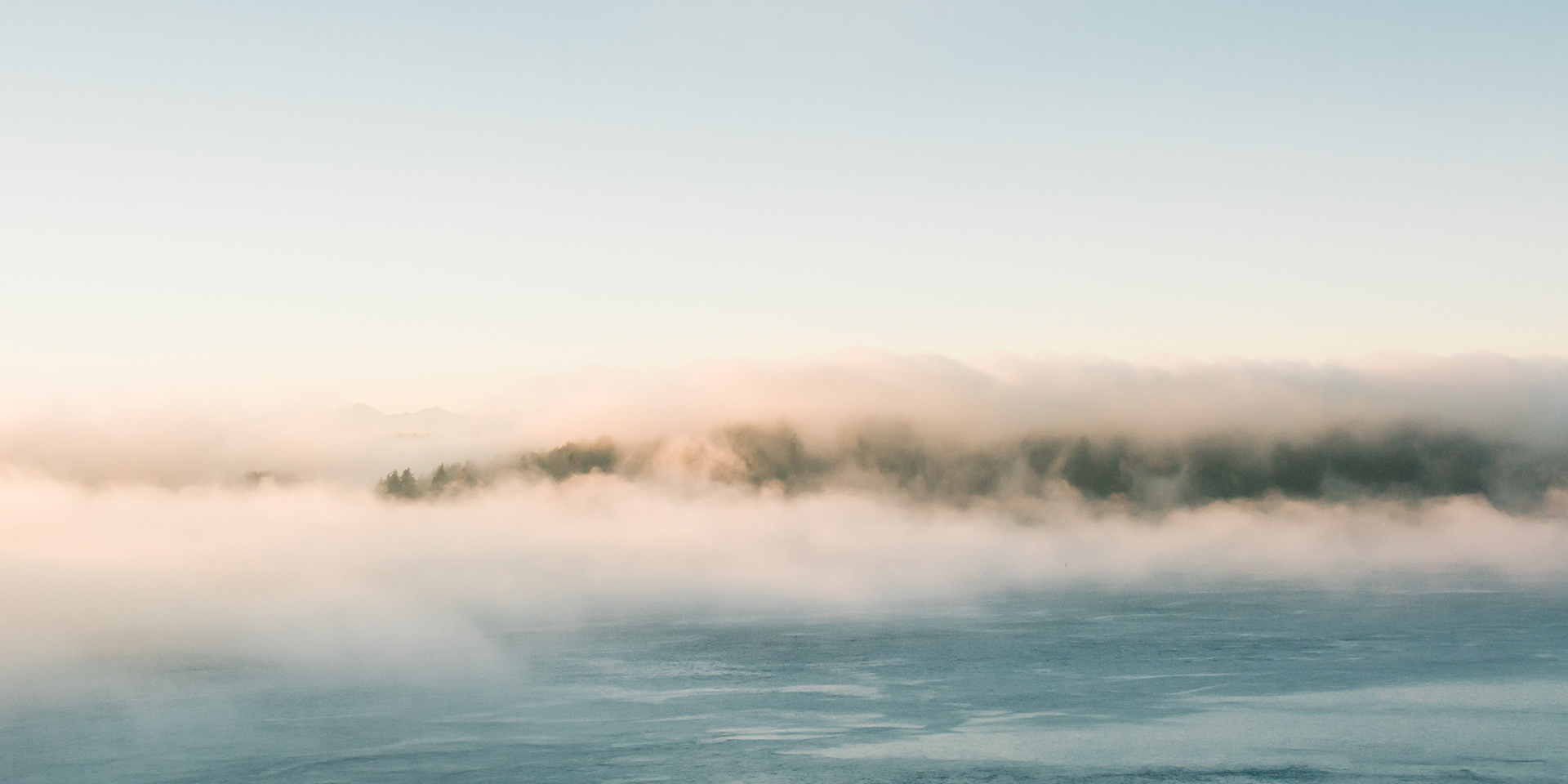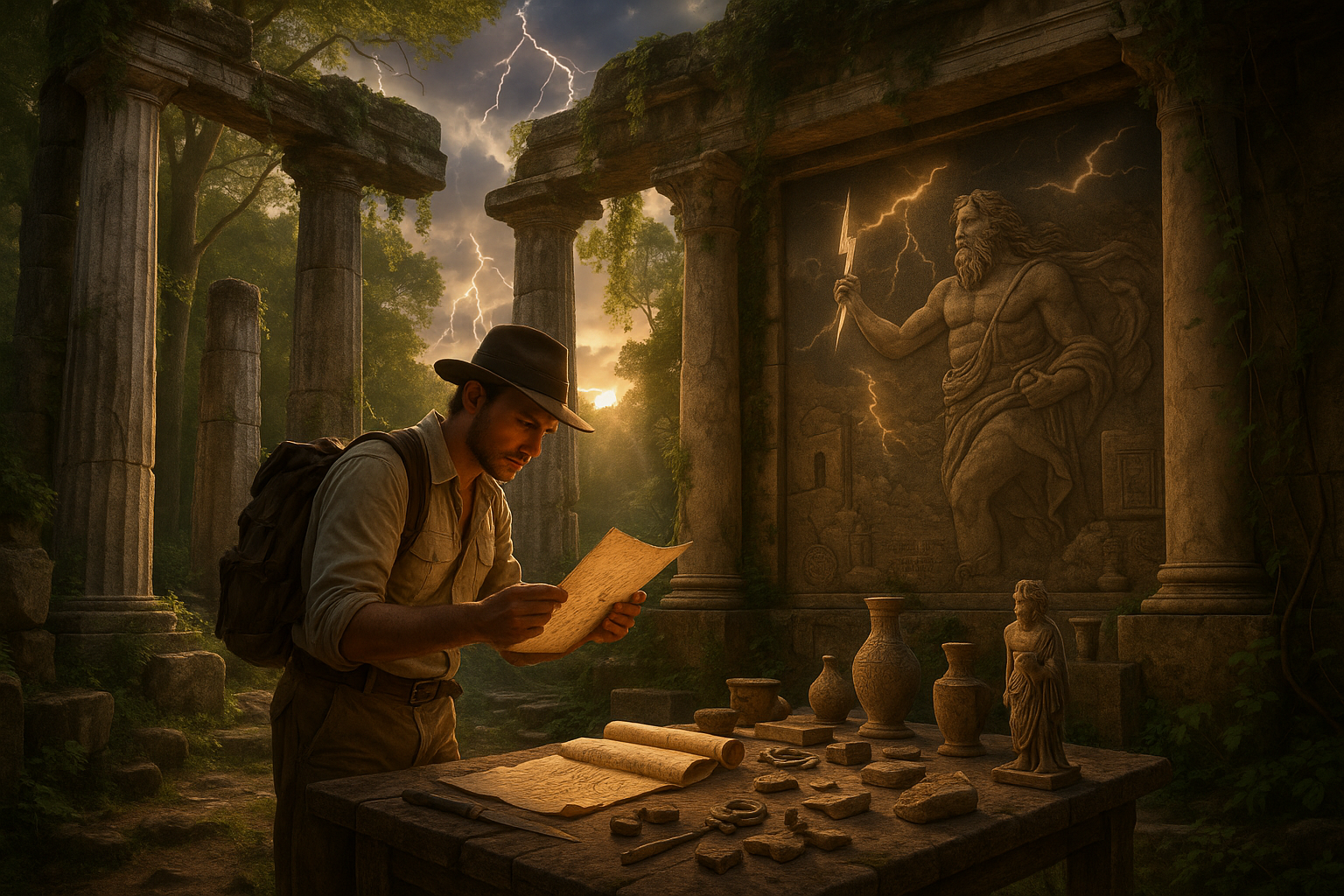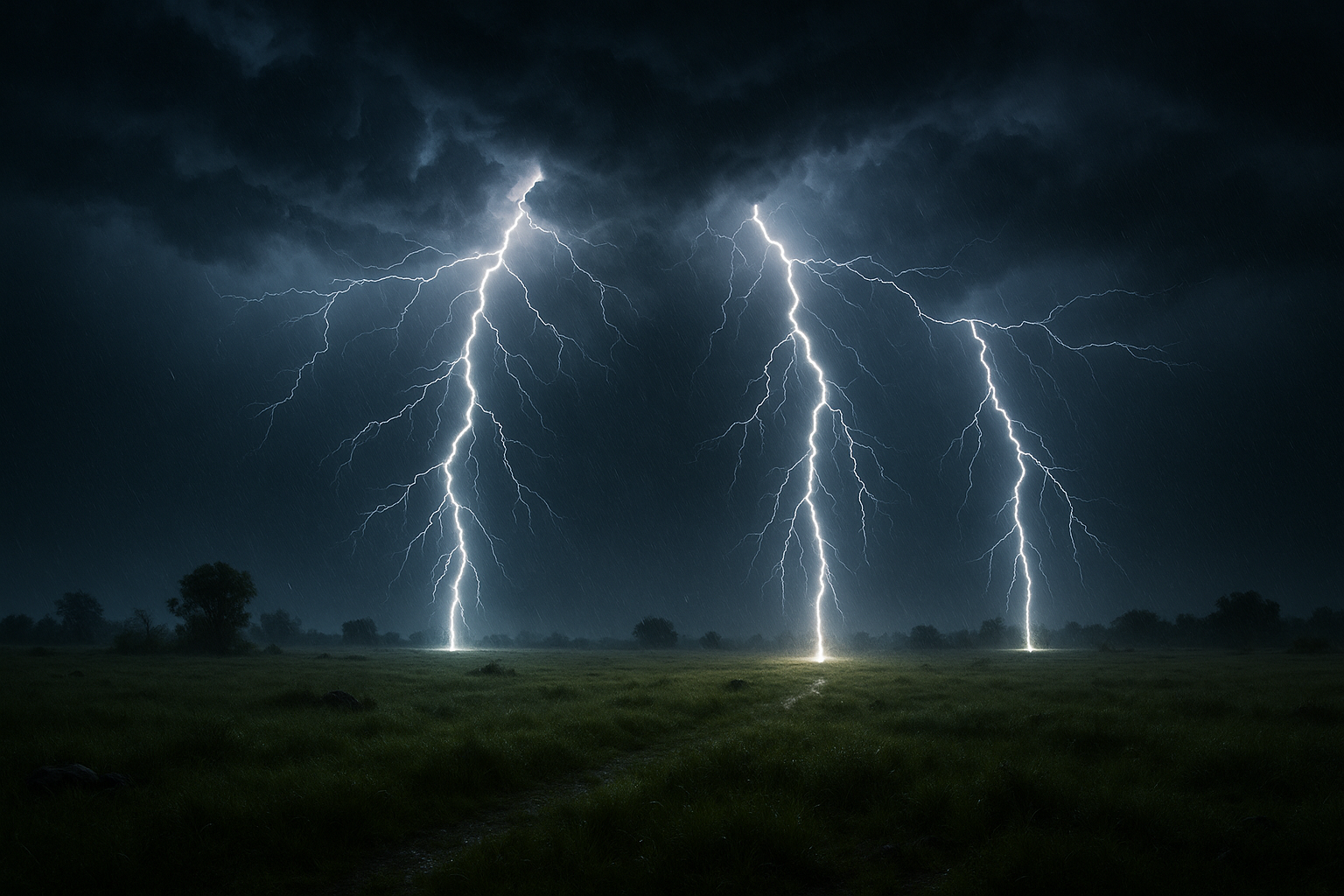In the ever-evolving world of photography, where technology and creativity intersect, the quest for the perfect shot is a journey that every photographer embraces with passion and determination. Among the myriad techniques available to capture stunning imagery, one method stands out for its ability to create breathtaking effects: mastering slow shutter flash bursts. Imagine the ability to freeze time, capturing the fluidity of motion while simultaneously illuminating your subject with a mesmerizing burst of light. This technique not only pushes the boundaries of conventional photography but also opens up a world of creative possibilities that can transform ordinary scenes into extraordinary visual narratives. 📸
At the heart of this method lies the intricate dance between shutter speed, flash timing, and the ambient light of your surroundings. As we delve into the art of slow shutter flash bursts, we’ll explore how these elements work in harmony to produce images that are both dynamic and ethereal. This article will guide you through the essential concepts, from understanding the fundamentals of slow shutter speeds to mastering the synchronization of flash bursts, offering you the tools needed to elevate your photography to new heights. Whether you’re a seasoned professional or an enthusiastic amateur, grasping this technique can be a game-changer in your photographic repertoire.
Throughout the article, we’ll uncover the secrets to achieving various stunning effects, such as light trails, ghostly apparitions, and perfectly illuminated subjects set against beautifully blurred backgrounds. We’ll provide step-by-step instructions, practical tips, and creative insights to help you refine your skills and unleash your artistic potential. From choosing the right equipment and settings to understanding how different environments and subjects influence your shots, you’ll gain a comprehensive understanding of how to capture the moment in its most captivating form. By the end of this journey, you’ll not only have the knowledge but also the inspiration to create imagery that captivates and mesmerizes, leaving a lasting impression on anyone who views your work. 🌟
Understanding Slow Shutter Flash Bursts
Photography is an art form that constantly evolves, with new techniques emerging to enhance the storytelling potential of images. One such technique is the use of slow shutter flash bursts. This method combines the beauty of long exposure with the precision of flash photography, resulting in captivating and dynamic images. By manipulating both the ambient light and the flash, photographers can create stunning effects that capture movement and freeze moments in time simultaneously.
Slow shutter flash bursts allow photographers to play with the duality of motion and stillness. By setting a slow shutter speed, typically ranging from 1/30th of a second to several seconds, the camera’s sensor is exposed to light for an extended period. This technique is often used to capture the movement of light sources, such as car headlights or city lights, creating beautiful light trails that add a sense of dynamism to the photo. Meanwhile, the flash burst momentarily illuminates the subject, freezing it sharply against the background of light trails.
To master this technique, understanding the relationship between shutter speed, aperture, and ISO is crucial. The slow shutter speed allows more light to enter, which can be balanced by adjusting the aperture and ISO to prevent overexposure. The use of a tripod is often essential to avoid camera shake during long exposures. Additionally, the timing of the flash is critical—firing it at the beginning or end of the exposure can lead to vastly different results. Photographers often experiment with both techniques, known as rear-curtain and front-curtain sync, to achieve their desired effects.
Techniques for Stunning Effects
Mastering slow shutter flash bursts requires a blend of technical knowledge and creative flair. One popular technique is “dragging the shutter,” where the shutter speed is slowed down to allow ambient light to expose the background, while the flash captures the subject sharply. This method is particularly effective in low-light environments, such as nighttime cityscapes or dimly lit indoor settings, where ambient light contributes to the overall composition.
Photographers often experiment with different flash power settings to achieve the perfect balance between ambient light and flash illumination. Adjusting the flash output can dramatically alter the image’s mood, creating anything from subtle highlights to dramatic contrasts. Moreover, using colored gels on the flash can add an artistic touch, painting the scene with hues that complement or contrast with the ambient lighting.
Another creative approach is “light painting,” where the photographer uses a handheld light source to “paint” light onto specific areas of the scene during a long exposure. This technique allows for a high degree of creativity and personalization, enabling the photographer to highlight particular elements or create abstract patterns. Combining light painting with slow shutter flash bursts can result in extraordinary images that captivate viewers and tell a compelling story.
Comparative Table: Slow Shutter Flash Techniques
| Technique | Description | Best Use Cases |
|---|---|---|
| Dragging the Shutter | Combines slow shutter speed with flash to expose ambient light and freeze the subject. | Low-light environments, creative portraits, cityscapes at night. |
| Light Painting | Uses a handheld light to “paint” areas of the scene during long exposure. | Artistic shots, highlighting specific elements, creating patterns. |
| Rear-Curtain Sync | Fires the flash at the end of the exposure to capture the motion blur behind the subject. | Dynamic movement shots, action photography, sports events. |
For a visual demonstration of these techniques, watch this video by [Channel Name], which provides an in-depth look at slow shutter flash bursts in action.
Equipment and Settings
To effectively capture images using slow shutter flash bursts, selecting the right equipment and understanding camera settings is paramount. A digital camera with manual controls is essential, as it allows the photographer to adjust shutter speed, aperture, and ISO independently. While many smartphones offer manual modes, dedicated cameras, particularly DSLRs and mirrorless models, provide superior control and flexibility for this technique.
Tripods are indispensable when working with long exposures, as they prevent camera shake and ensure sharp images. A stable platform allows the photographer to focus on composition and timing without worrying about unintentional movement. Additionally, remote triggers or intervalometers can be invaluable tools, enabling the photographer to activate the shutter without physically touching the camera, further reducing the risk of vibration.
Flash units also play a crucial role in this technique. External flashes offer more power and versatility than built-in camera flashes, allowing the photographer to adjust the intensity, angle, and direction of the light. This flexibility is essential when experimenting with different sync settings and creative lighting effects. Some photographers also use multiple flash units to achieve complex lighting setups, adding depth and dimension to the image.
Essential Equipment Checklist
- Camera with manual controls (DSLR or mirrorless preferred)
- Sturdy tripod
- External flash unit(s)
- Remote trigger or intervalometer
- Colored gels for flash
By investing in the right equipment and gaining a solid understanding of camera settings, photographers can unlock the full potential of slow shutter flash bursts, creating images that are not only visually stunning but also rich in storytelling.
Practical Applications and Inspirations
Slow shutter flash bursts have a wide range of applications, from artistic expression to commercial photography. Portrait photographers can use this technique to add a sense of motion and energy to their images, capturing the subject in sharp detail while allowing ambient light to create an atmospheric backdrop. This method can also be used in fashion photography, where the combination of flash and motion blur can emphasize the flow and texture of garments.
In the realm of landscape photography, slow shutter flash bursts can transform a mundane scene into a masterpiece. By incorporating movement into the composition, photographers can convey the passage of time, adding a dynamic element that engages the viewer. Waterfalls, for example, can be captured with silky smoothness, while the flash highlights specific elements within the scene, creating a sense of balance and harmony.
Sports and action photographers also benefit from mastering this technique. Capturing athletes in motion, such as a basketball player leaping for a dunk or a skateboarder executing a trick, becomes more impactful with the added dimension of motion blur. The flash ensures that the subject is frozen in time, while the slow shutter captures the energy and excitement of the moment.
For further inspiration, explore [Channel Name] on YouTube for tutorials and showcases of stunning photography using slow shutter flash bursts.
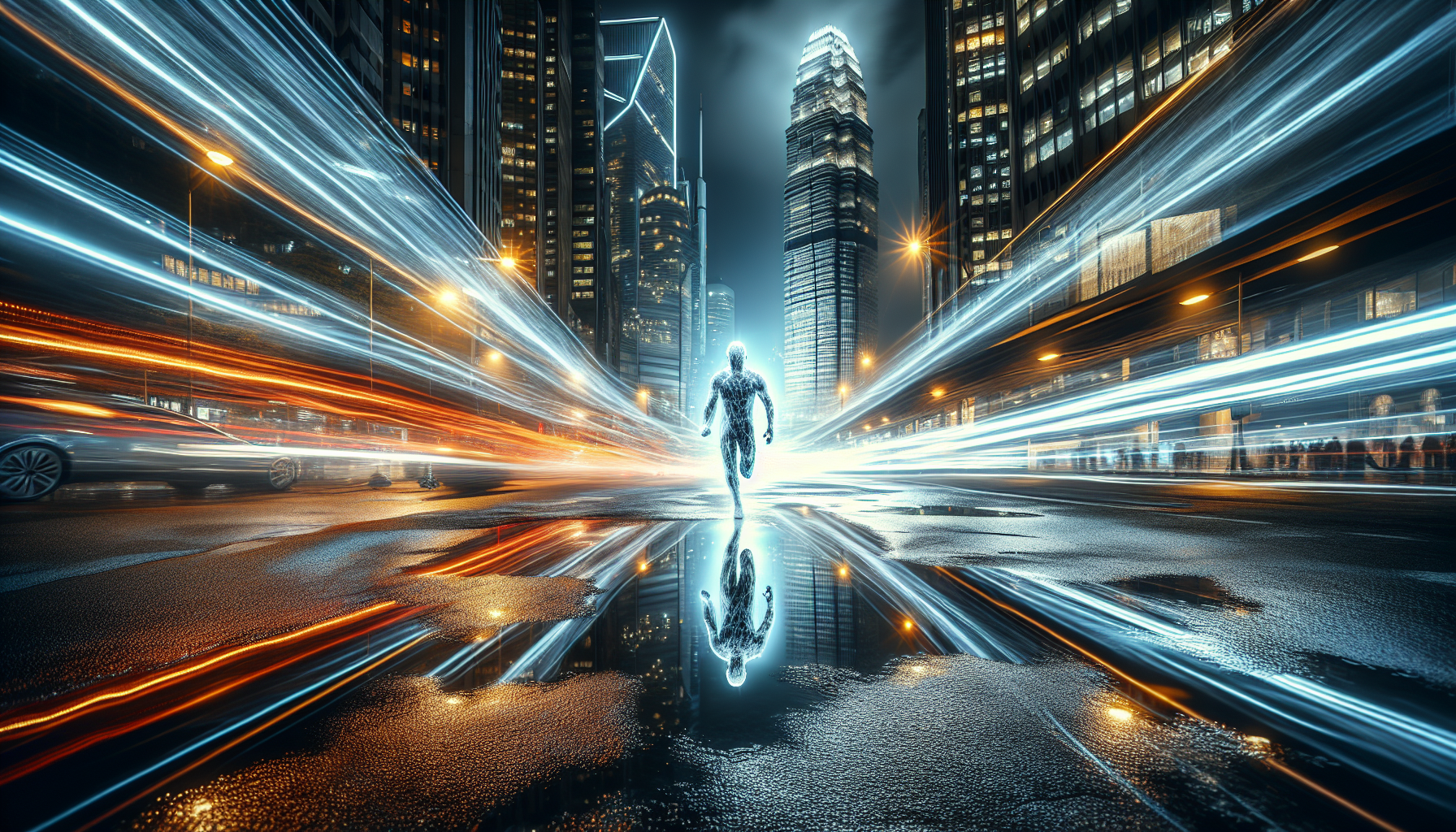
Conclusion
Capturing the essence of a moment through photography is an art that demands both technical skill and creative vision. In our journey through “Capture the Moment: Mastering Slow Shutter Flash Bursts for Stunning Photography Effects,” we’ve explored the fascinating intersection of shutter speed, flash techniques, and artistic expression. By delving into the mechanics and creativity of slow shutter flash bursts, we have uncovered methods to elevate your photography to new heights.
Throughout the article, we began by understanding the fundamental principles of slow shutter speeds and flash bursts. These techniques allow photographers to create dynamic and visually captivating images that convey motion, depth, and emotion. By mastering the control over light and time, you can transform ordinary scenes into extraordinary visual stories.
We discussed the importance of equipment and settings, emphasizing how choosing the right camera, lens, and flash can greatly impact your results. Understanding the intricacies of shutter speed and the synchronization of flash bursts with movement in a scene are crucial for achieving the desired effects. This technical foundation sets the stage for more creative exploration.
Furthermore, we highlighted various scenarios where slow shutter flash bursts can be effectively used, from capturing the swirling motion of a dancer to the vibrant trails of city lights at night. Each scenario offers a unique opportunity to experiment with different techniques, such as rear curtain sync and panning, to enhance the mood and impact of your images. These techniques are not just about capturing a moment; they are about telling a story that resonates with viewers.
The article also showcased inspiring examples from professional photographers who have mastered these techniques. Their work serves as a testament to the endless possibilities and artistic potential inherent in slow shutter flash photography. By studying their approaches and results, you can gain insights and inspiration to develop your own style and voice in the photographic world.
Importantly, we discussed the significance of practice and experimentation. Photography is an ever-evolving art form, and mastering slow shutter flash bursts requires patience and perseverance. By continuously honing your skills and pushing the boundaries of creativity, you can discover new ways to capture the world around you in ways that are both technically proficient and emotionally compelling.
In concluding, the mastery of slow shutter flash bursts is not merely about technical prowess; it is about harnessing the power of light, time, and creativity to evoke emotions and tell stories that transcend the ordinary. This technique offers a unique and powerful way to capture the essence of a moment, allowing photographers to leave a lasting impression on their audience.
As you embark on your own photographic journey, we encourage you to apply the concepts and techniques discussed in this article. Experiment with different settings, explore new environments, and let your creativity flow. Share your work with others and invite them to see the world through your lens.
We invite you to comment below and share your experiences with slow shutter flash bursts. How have these techniques transformed your photography? What challenges have you faced, and what successes have you achieved? Your insights and stories can inspire others to explore this captivating art form.
Additionally, consider sharing this article with fellow photography enthusiasts who might benefit from these insights. By spreading knowledge and encouraging others to experiment, we can collectively elevate the art of photography.
Thank you for joining us on this journey through the world of slow shutter flash bursts. We hope you feel inspired to capture stunning and evocative images that resonate with emotion and creativity. Remember, every moment holds the potential for greatness, and through the lens of your camera, you have the power to capture and share that greatness with the world. 🌟
For further reading and inspiration, consider exploring resources from reputable photography sites and communities. Websites such as DPReview and Photography Life offer a wealth of information and inspiration for photographers of all levels. These platforms are excellent starting points for diving deeper into the art and science of photography.
Happy shooting, and may your photography journey be filled with discovery, creativity, and endless moments worth capturing! 📸
Toni Santos is a visual storyteller and artisan whose creations celebrate the poetry of the natural world. Through his thoughtful artistic lens, Toni captures the elegance of botanical forms, transforming them into meaningful expressions of symbolism, resilience, and timeless beauty.
His journey is deeply rooted in a passion for flora and the mysteries they carry. From the shape of a petal to the curve of a vine, each design Toni brings to life reflects a deeper narrative — one of growth, transformation, and harmony with nature. Whether crafting symbolic floral jewelry, enchanted botanical illustrations, or seasonal visual studies, Toni’s work evokes the quiet magic found in Earth’s most delicate details.
With a background in handcrafted artistry and visual design, Toni blends technique with intention. His creations do more than decorate — they speak, often inspired by ancient meanings behind flowers, the cycles of the seasons, and the invisible bonds between nature and spirit.
As the creative voice behind Vizovex, Toni shares this botanical journey with the world, offering curated stories, handcrafted collections, and thoughtful articles that help others reconnect with nature’s symbolism and artistic essence.
His work is a tribute to:
The quiet power of flowers and their messages
The art of visual symbolism in everyday life
The beauty of slowing down to see what’s hidden in plain sight
Whether you’re an artist, a nature lover, or someone drawn to the deeper meanings behind the natural world, Toni welcomes you to explore a space where aesthetics meet soul — one petal, one story, one creation at a time.


